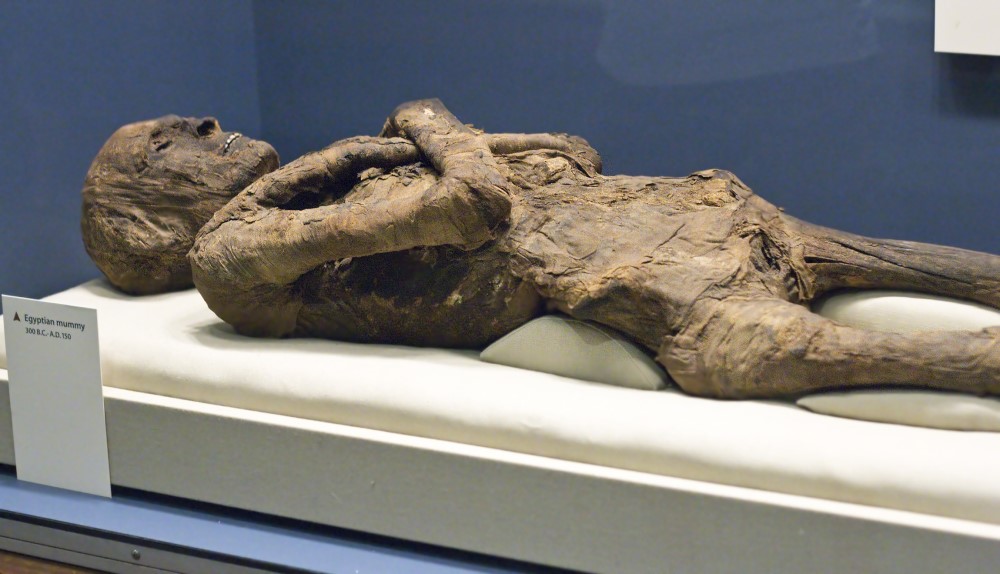
First human genome from ancient Egypt sequenced
On Jul. 2, 2025, researchers from the Francis Crick Institute and Liverpool John Moores University (LJMU) announces they have extracted and sequenced the oldest Egyptian DNA to date from an individual who lived around 4,500 to 4,800 years ago, the age of the first pyramids, in research published in Nature.
Forty years after Nobel Prize winner Svante Pääbo’s pioneering attempts to extract ancient DNA from individuals from ancient Egypt, improvements in technology have now paved the way for the breakthrough today, which is also the first whole genome (the entire set of DNA in an individual) from ancient Egypt.
In this study, the research team extracted DNA from the tooth of an individual buried in Nuwayrat, a village 265km south of Cairo, using this to sequence his genome. The individual died at some point in the overlap between two periods in Egyptian history, the Early Dynastic and Old Kingdom periods, and had been buried in a ceramic pot in a tomb cut into the hillside. His burial took place before artificial mummification was standard practice, which may have helped to preserve his DNA.
By analysing his genetic code, the researchers showed that most of his ancestry mapped to ancient individuals who lived in North Africa. The remaining 20% of his ancestry could be traced to ancient individuals who lived in the Fertile Crescent, particularly an area called Mesopotamia (roughly modern-day Iraq).
This finding is genetic evidence that people moved into Egypt and mixed with local populations at this time, which was previously only visible in archaeological artefacts. However, the researchers caution that many more individual genome sequences would be needed to fully understand variation in ancestry in Egypt at the time.
By investigating chemical signals in his teeth relating to diet and environment, the researchers showed that the individual had likely grown up in Egypt.
Linus Girdland Flink, Lecturer in Ancient Biomolecules at the University of Aberdeen, Visiting Researcher at LJMU and co-senior author, said: “This individual has been on an extraordinary journey. He lived and died during a critical period of change in ancient Egypt, and his skeleton was excavated in 1902 and donated to World Museum Liverpool, where it then survived bombings during the Blitz that destroyed most of the human remains in their collection. We’ve now been able to tell part of the individual’s story, finding that some of his ancestry came from the Fertile Crescent, highlighting mixture between groups at this time.”
Tags:
Source: Francis Crick Institute
Credit:
